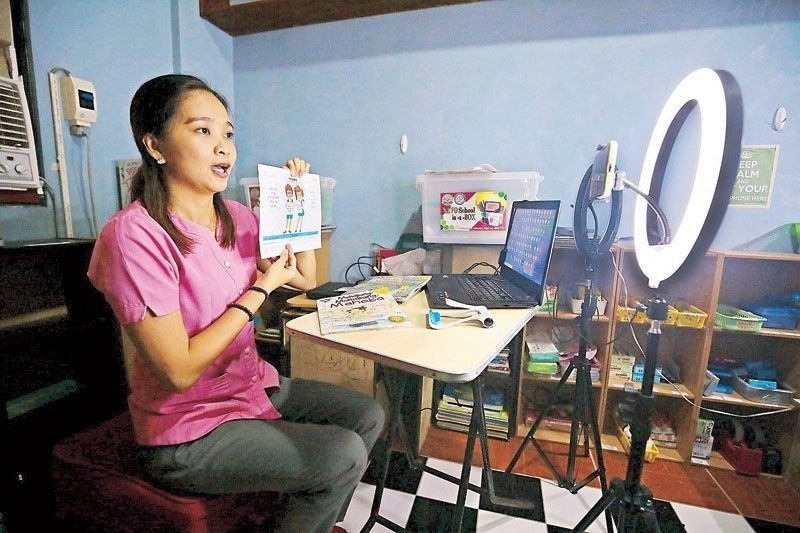Free, unlimited premium access to Canva for K-12 teachers

MANILA, Philippines – The people behind an online editing application gave free and unlimited premium access to Filipino K-12 teachers to provide better educational content for their students.
The “gift” of Canva to the K-12 teachers was announced during their online event, “Skills Training Series: Canva for Education” last June 10.
“We had all types of users in mind when we created Canva,” said Patrick Bellora, learning consultant of Canva.
The Canva for Education was designed for teachers who want to be organized and creative on the tasks and presentations for their students, without consuming too much time and energy.
Bellora emphasized that they want to cater to “all walks of life," so they scrapped the complex process of online designing, and made it simple through adapting “drag and drop” based functions.
A free regular Canva account has up to 1,000 templates, more than 100 categories, 100 or so number of icons, a built-in presentation more, and share and comment functions.
On the other hand, the free premium access for K-12 teachers has more than 60,000 templates for education specific contents, unlimited access to different elements, icons, fonts and a photo library that includes photos, audio and videos that they can use for educational purposes.
Interested teachers just have to sign up at canva.com/edu-signup using their schools’ email address or DepEd’s email domain, and those freelance teachers who do not have a school email can sign up at bit.ly/canvaph-educ.
Tips to maximize the use of Canva in the online setup
- Use design elements to make your materials engaging for your students.
- Collaboration and gamification let learners interact with their classmates.
- Breaking down a lesson into even smaller topics makes it easier for learners to digest and process everything.
Gone are the days when teachers cut-out designs and put out coloring materials to make their visual aids appealing to students' eyes.
The attention span of the students tends to be shorter in the virtual classroom, which makes it harder for them to engage and to absorb the lectures.
As a college professor, Bellora gave techniques on how to cope with virtual learning.
Techniques for creating effective educational content
• Worksheets – “What’s good about our worksheets is that these are both printable worksheets and digital worksheets. For those of you who are strictly doing modules, you can design your worksheets in Canva, so that it will be more fun for your pupils or students to make their work sheets. For digital platforms, there are also worksheets that you can spread or share to your students.”
• Group work – “You can send them templates and they can actually create templates. They can share notes, design posters or have a brainstorm activity – and once the final output is done they can share the final design with you.”
• Classroom kits – “You can use it for your online classroom and lesson plans that you can circulate to your students, where you can put your daily agendas.”
• Ground in real life applications – “Children are able to relate more when you relate or ground your examples in real life applications. We can localize their experience with pinoy Canva assets.”
“One thing that is very important is we want to take away the work that you put in, the grind that you put into designing stuff, and focus on how to make your classes even better, how to make it more engaging,” Bellora asserted.



















